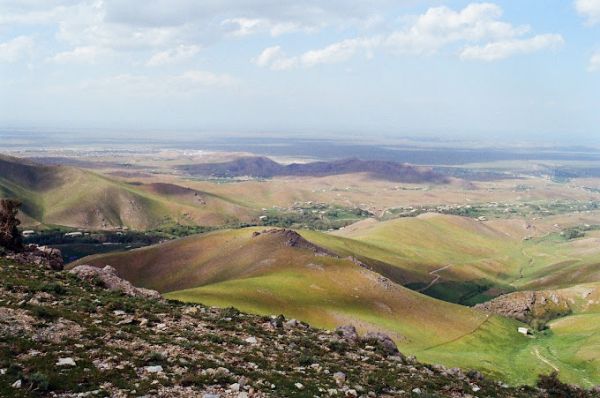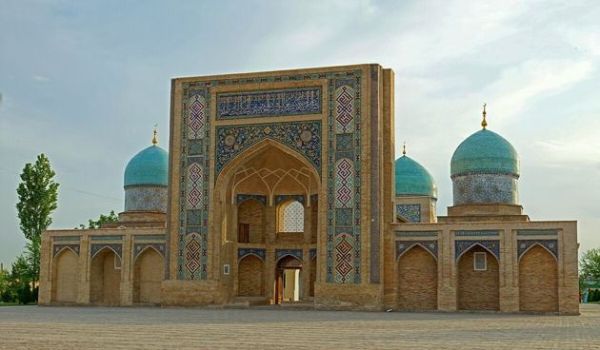Teshik-Tash
In the vicinity of Baysun, on the Sary-Shoto pass, there is a holy place for Uzbeks – Teshik-Tash.
Surrounded by small white stones is a large "Holey Stone" (this is how the name Teshik-Tash is translated from the Turkic language). For thousands of years, nature has been whimsically turning the stone, creating this miracle of nature.
According to the stories of the elders, this stone has healing power. Mothers bring their children and lead them through this leaky stone. They say that children are cured of their illnesses the next day.
Teshik-Tash is not only the name of the holy place, but also the name of the grotto where the famous archaeological find of the remains of a Neanderthal boy was made. In 1938, the famous Central Asian archaeologist Mikhail Evgenievich Masson discovered a burial site in the Teshik-Tash cave.
In the course of the research, a number of discoveries were made. Archaeologists have found the whole skeleton of a 9-10–year-old Neanderthal boy. Animal bones were found around the remains, suggesting that it was a ritual burial. The famous Russian anthropologist Mikhail Mikhailovich Gerasimov restored his appearance from the boy's skull. Today, a sculptural portrait of a boy can be seen in the Termez Museum.


